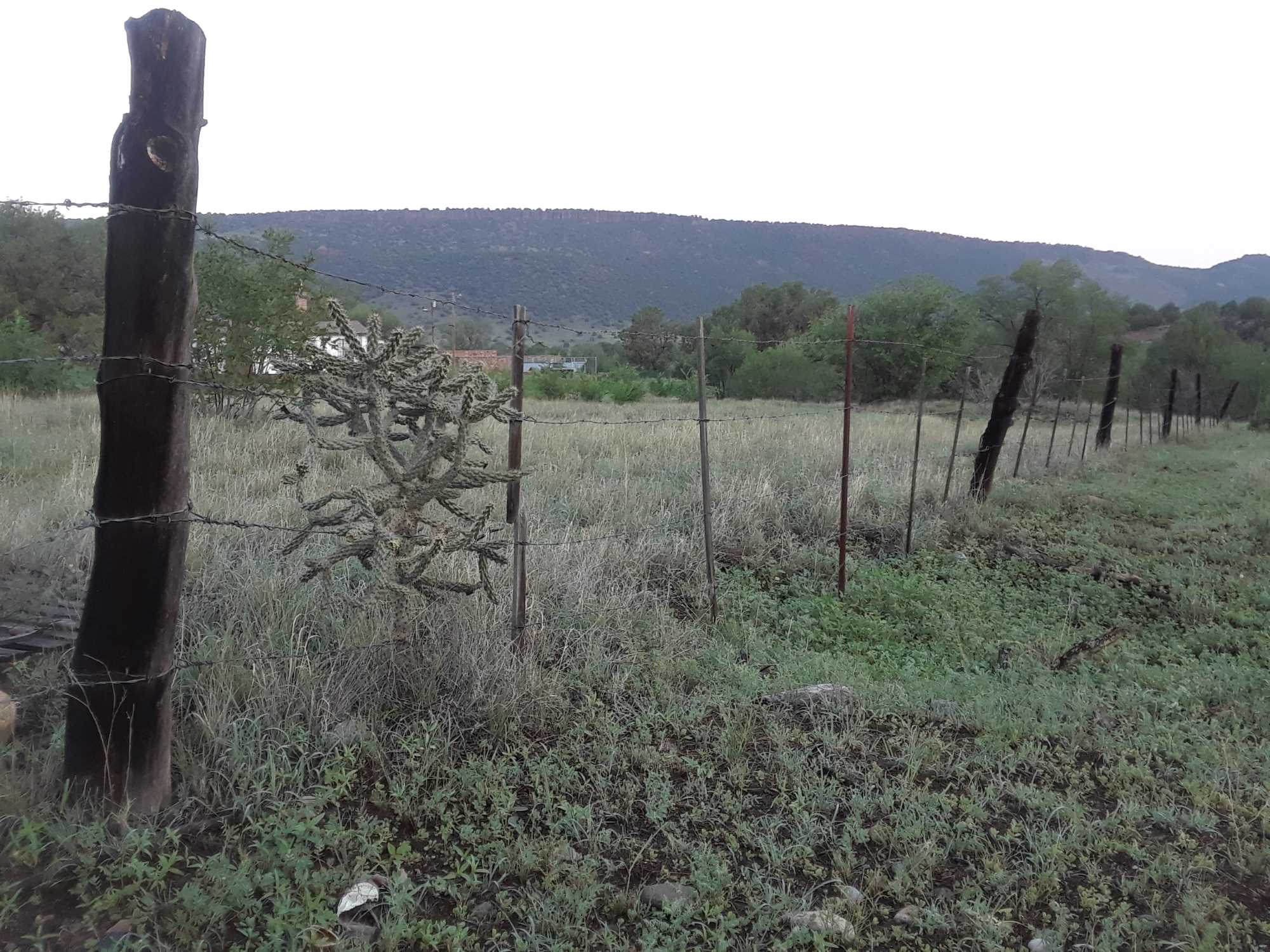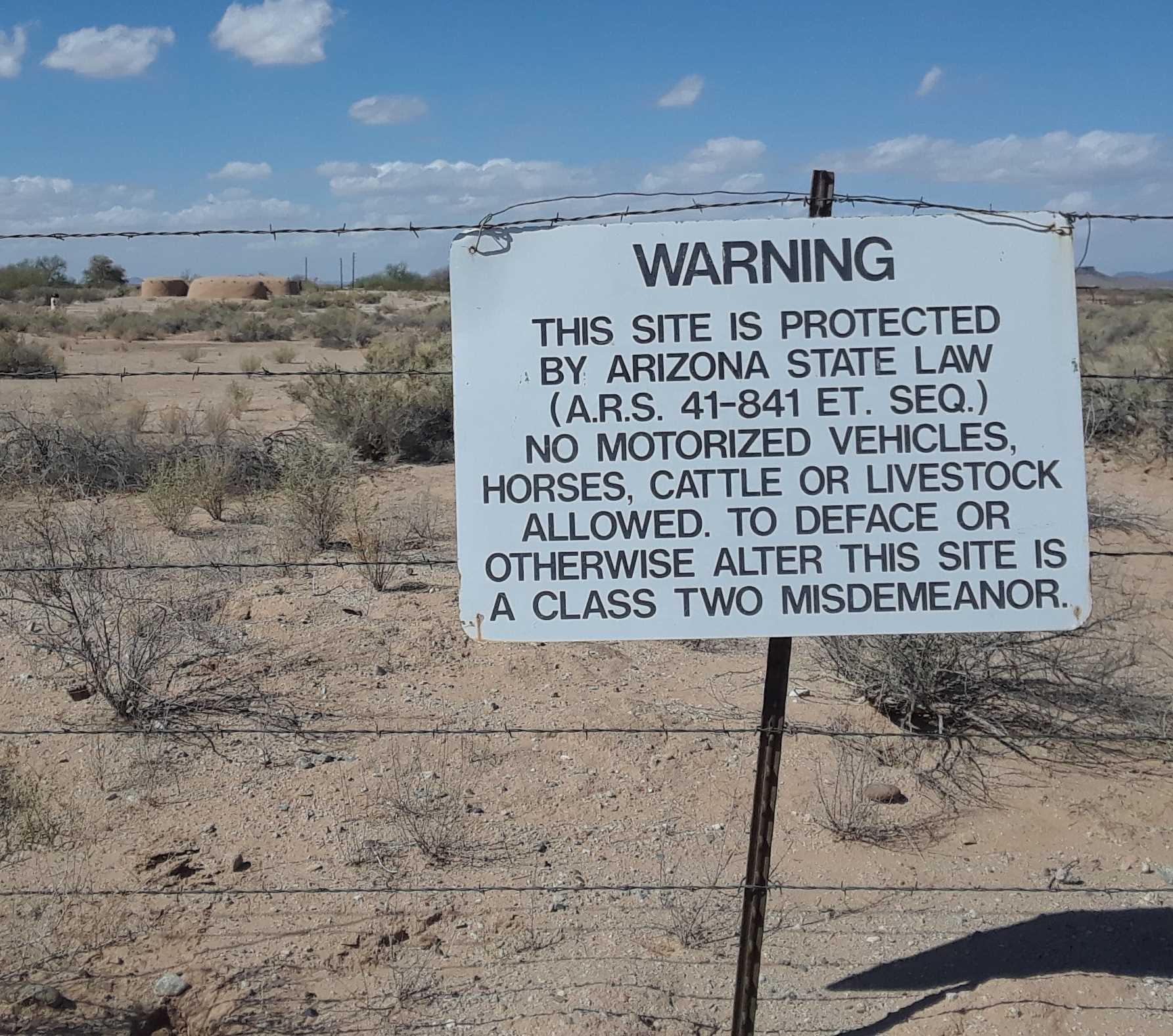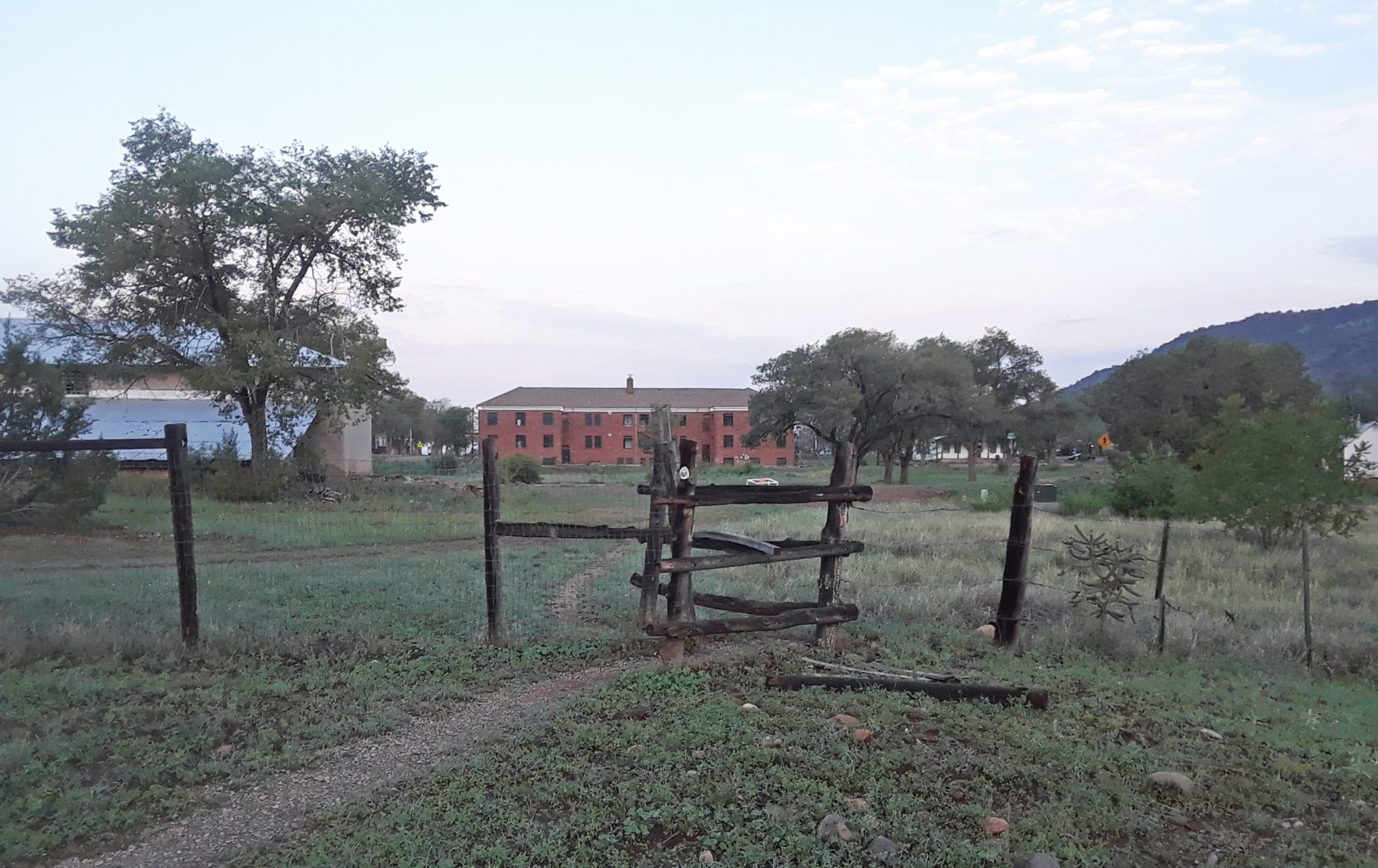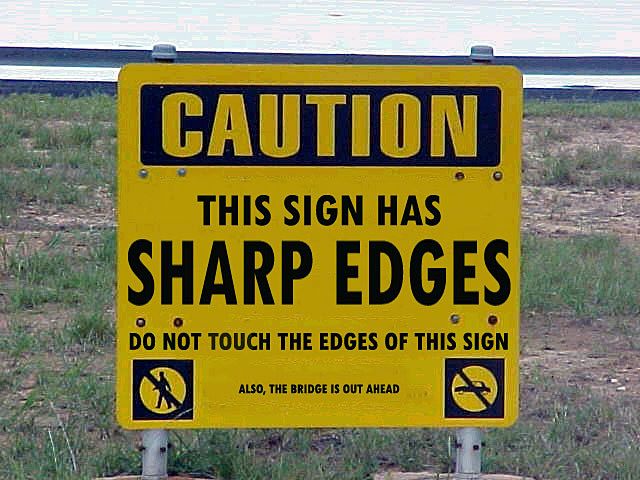- Home
- >
- Preservation Archaeology Blog
- >
- Unfencing Preservation Archaeology
(October 25, 2022)—Dave Wilcox, a dear and recently departed friend of Archaeology Southwest, called himself a “future-thinking sort of archaeologist.” As much as we like thinking about the distant past, we too are increasingly focused on what’s to come. Archaeology Southwest and our allies—Fort Apache Heritage Foundation, Gila River Indian Community Historic Preservation Office, White Mountain Apache Tribe Historic Preservation Office, and Desert Archaeology, among others—share foundational commitments to the idea that places inherited from previous generations require special consideration today. We think heritage places deserve attention well beyond their long service as sources of research data or destinations for heritage tourism.
These ideas, branded as Preservation Archaeology, drive Archaeology Southwest’s mission to respect and conserve heritage places as embodiments of diverse values and as contexts for building relationships across generations, cultures, political divides, and academic disciplines. Preservation Archaeology is never far from our minds, and its promise to stimulate engagements with Tribal communities popped up as we read Hester Dillon’s (Cherokee Nation) compelling recent guide, “Unfencing the Future: Voices On How Indigenous and Non-Indigenous People and Organizations Can Work Together Toward Environmental and Conservation Goals.”

Dillon shows how diverse organizations are finding creative ways to dismember counter-productive Indigenous/non-Indigenous partitions and how this de-partitioning opens new opportunities for addressing environmental issues, especially the swiftly unfolding climate and biodiversity crises. Dillon argues the time is ripe to expand Indigenous and non-Indigenous collaborations on foundations of common values and interests, including decarbonization and climate change adaptation. The guide includes eight case studies to illustrate the inspiring spectra of possibilities.
Four essential foundations for Dillon’s timely guidance deserve restatement:
» The challenges facing land stewards are gigantic.
» Neither Indigenous nor non-Indigenous conservationists can meet all the challenges without help from one another.
» Creative blends of local-micro and global-macro thinking and acting are called for, and the sooner the better.
» Because Indigenous communities are on the frontlines of the climate crisis, and because many of these communities sustain unique and invaluable systems of knowledge and perspective regarding human-ecosystem relationships, Indigenous Peoples who are willing to participate should be centrally engaged as first-order collaborators and beneficiaries.
With histories, cultures, economies, and religions irrevocably linked to specific regions and environmental conditions, and with few opportunities to relocate, Indigenous peoples are disproportionally threatened by the climate crisis.
For us, Dillon’s report adds senses of possibility and urgency to the first item on the shortlist of Archaeology Southwest’s goals for our 2022–2024 Strategic Plan, namely, “Collaborate with Tribes. Learn about what Tribes want to accomplish and match with ASW assets.” Archaeology Southwest has already made progress on this priority, especially through two campaign initiatives, respectgreatbend.org and savehistory.org, and through the Tribal Working Group dedicated to expanding and potentially reinventing cybersw.org.

Heeding Dillon’s good advice and accelerating Indigenous engagement at Archaeology Southwest are also illuminating additional ways to unfence Preservation Archaeology. Our experience working with diverse Tribes has already identified four more fences to add to the list of what needs to be breached or removed to make Archaeology Southwest’s projects and programs relevant and useful to the region’s Indigenous peoples.
» Site v. Landscape. Archaeologists have divvied up extensive and often uninterrupted landscapes fully inhabited by Tribes and their forebears into multiple, rigorously delineated archaeological sites. This form of fencing, deeply embedded in land management and archaeological policy and practice, impedes understandings of associations among previous and ongoing residential, economic, and cultural land uses.
For Preservation Archaeology, unfencing means working with Tribes to create and mobilize knowledge about cultural landscapes and coupled social-ecological systems. Coherent and compelling understandings of interconnected environmental and land use changes have never been more relevant or more necessary to advance climate change adaptation and region-scale conservation.
» Archaeology v. Other Academic Disciplines. The partitioning of higher education—archaeology from geography from environmental management, etc.—is attributable more to quests for scholarly distinction and administrative efficiencies than to any real concern for practical problem-solving.
For Preservation Archaeology, unfencing higher education means doubling down on archaeology’s long history of success in borrowing from and partnering with other disciplines, including geology, computer science, conservation biology, and forensics. There’s no excuse for leaving tools in the box at this moment of critical mandates to boost environmental understanding and adaptation-focused action.
» Nature v. Culture. The separation of humans and cultural resources from other life and natural resources is firmly institutionalized in government, academic, and nonprofit sector thinking-planning-managing. Non-Indigenous people initiated this unnecessary and costly divorce between the human and other-than-human worlds, and Indigenous Peoples are already leading reparations and welcoming others to join. It seems more than merely possible that collective survival and happiness is reliant on both natural and cultural resources, and that humans, alone, hold the keys to reconciliation.
» Indigenous v. Western Science. The prioritization of Western and colonialist interests in testable hypotheses and universal theories has systematically discounted or excluded the time-tested and place-based ways of learning, knowing, and acting that constitute Indigenous knowledge and management systems.
For Preservation Archaeology, this means at least two things. First, the time has come to work with Tribes to understand and offer stewardship for the plants, animals, and minerals embedded in cultural heritage sites and landscapes, including the 22 preserves under Archaeology Southwest stewardship. Second, the Archaeology Southwest Board and staff must now critically examine the ways organizational decisions and investments are made, finding ways to boost attention to the values, interests, and preferences of Indigenous collaborators, audiences, and staff leaders (Ashleigh, Brian, Skylar).
Dillon’s welcome guidance on bridging the divide between Indigenous and non-Indigenous people and organizations is an essential point of departure for pursuing and realizing broadly desired and sustainable futures. Even with and through the unfencing Dillon proposes, those futures are certain to be complex and challenging. At Archaeology Southwest and across civil society, success will require new levels of will and skill to dismantle not only the attitudes and rule systems that have separated Indigenous from non-Indigenous communities and Indigenous Peoples from their territories and holy places, but also the articles of faith, knowledge systems, and management institutions and practices that impede truth, reconciliation, and adaptation.

There will never be a better, easier, or less costly time than now to unfence archaeology. Archaeology Southwest is enviably positioned to work together—across cultural, generational, and conceptual barriers and fences—to help make places, communities, organizations, and partnerships that are healthy, safe, just, and successful.
Dillon’s key advice for bringing Indigenous and non-Indigenous groups together is to focus on relationships. That is the starting point we have embraced at Archaeology Southwest, as well. Building the trust that makes relationships work is a long-term process. Thus, at present, our efforts are both aspirational and ongoing. We find that open discussion—both internal and external—helps keep us focused on the required long-term commitments.

We hope that our readers will give Dillon’s article a careful read, consider what we have laid out here, and take up your own engagement in the unfencing process. In essence, and borrowing from Robert Frost’s “Mending Wall,” we challenge ourselves and you to consider: Do good fences really make good neighbors? What’s being kept out? What’s being protected, and at what cost?
Before I built a wall I’d ask to know
What I was walling in or walling out,
And to whom I was like to give offense.
Explore the News
-
Join Today
Keep up with the latest discoveries in southwestern archaeology. Join today, and receive Archaeology Southwest Magazine, among other member benefits.